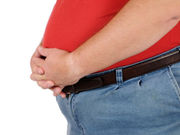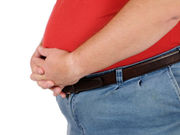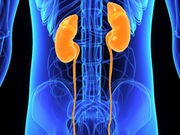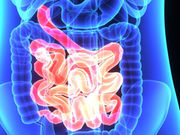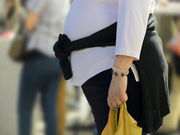Tag: Fat, Body
Fat Distribution May Influence Bone Strength in Adolescence
Inverse links for visceral adiposity, bone strength in girls and central adiposity, bone strength in boys
UV Exposure May Contribute to Impaired Fat Homeostasis
UV exposure induces specific adipochemokines in SC fat, including C-X-C chemokines, C-C chemokines
Cryolipolysis With Colder Temp, Shorter Time Safe, Effective
Findings among the use of CoolSculpting for submental fat reduction
Visceral/Subcutaneous Fat Ratio Predicts CVD in T2DM
Ratio of visceral to subcutaneous fat significantly linked to incident, recurrent cardiovascular disease
Location of Body Fat Can Indicate Obesity-Related Cancer Risk
Where fat is carried is as strong a predictor as BMI, researchers suggest
Anthropometric Measures of Body Fat ID Kidney Function Decline
Anthropometric measures provide consistent estimates of KF decline risk in older adults
Visceral Fat Differentiates Crohn’s From Intestinal Tuberculosis
High sensitivity, specificity for differentiation with cut-off of 0.63 for visceral fat/subcutaneous fat ratio
Central Adiposity More Harmful Than Obesity in Older Women
While a few extra pounds don't up mortality risk, central adiposity does, study contends
BMI Linked to Risk for Orthostatic Intolerance Post Bariatric Sx
Increase in OI and propensity for noncardiac syncope following bariatric surgery-linked weight loss
More Evidence of Abdominal Fat, Poor Cardiovascular Health Link
Adipose tissue imaging may outperform body mass index for cardiovascular risk assessment





